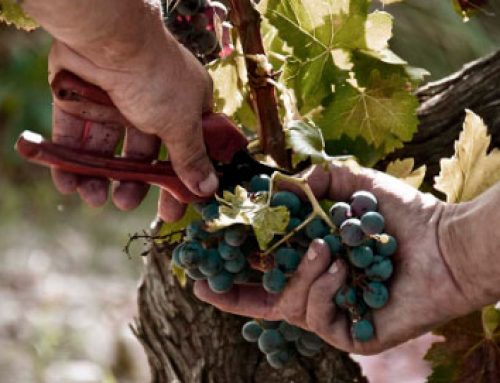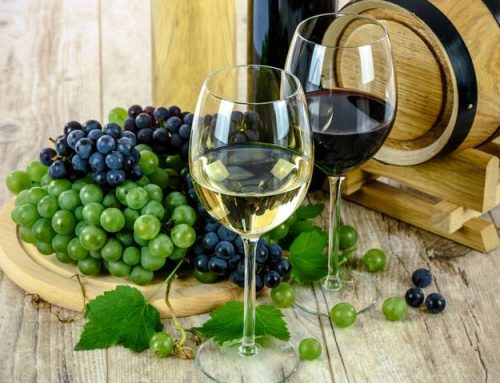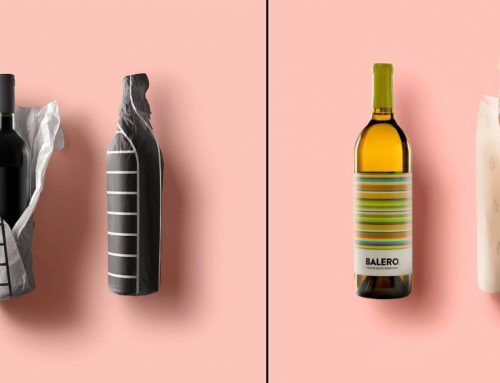The Vatican consumes 71 liters per capita and, in our country, only 0.96 per year.
Mexico consumes 70 times less wine than Vatican City, which leads the world ranking of preference for that spirit drink with a consumption of 71.25 against 0.96 liters per person in our country, 50.2 liters per year per capita in France and 43.25 liters from Italy.
The good news is that the level of participation of the national wine market has grown, with which the wines produced in the country have 30 percent of the market, compared to 70 percent that comes from imports, according to the Mexican Wine Council.
The 2018 Master Plan of the National Committee of the Vine Product System, which integrates producers and authorities, contemplates increasing from 6,474 hectares of vine currently planted in the 14 wine-producing states, to 20,000 hectares by 2025, with which it is calculated that consumption of national wine would reach 50 percent in the country.
Another goal is to increase export levels, and “we would have to be able to position ourselves with a category of Mexican wine and I think that is where we would have to start looking for a very own identity”, said Luis Miguel Correa, CEO of Viñedos “Puerta del Lobo”.
Young industry recognized with medals
One of the advantages of Mexican winemakers is that being a relatively young industry, it allows them to rehearse the grape composition and quality of the wine, which has led them to obtain 1,500 medals in international competitions.
Antonio Treviño, CEO of Vinos “San Juanito”, said that a pleasant surprise from his vineyard in Querétaro was having won a gold medal in the Bacchus competition in Madrid, Spain, with the wine produced in its first harvest in 2013, “after the process of 13 months in the barrel had passed, and a little less than a year in the bottle, they also gave us the silver medal in Malbec,” he said.
Mexico was the first country in the American continent to produce table wines, which dates to colonial times. Since, for the Spanish, wine was an element in their daily diet, Hernán Cortés had the vine brought from his country, and the missionaries made wine to consecrate.
However, it was not until 1948, when the National Wine Growers Association was created, and currently, Mexico has seven wine-producing regions, of which, the most important, is in Baja California, and contributes 57 percent of production.
Wine as food, not as alcoholic beverage
Wine is a drink that contains more than a thousand nutritional substances, including vitamins, minerals and antioxidants that come from the grape; the alcoholic degree is produced from the fermentation of sugar, that is, no alcohol is added, and neither is water added, which means that the entire content of a bottle of wine is grape juice.
Therefore, the producers consider that wine should be classified as food, which would be exempt from the payment of IEPS, Special Tax on Production and Services, which for this 2020 establishes a rate of 26.5 percent in beverages with alcoholic content of up to 14º, which applies to most of the wines produced in the country.
Nature intervenes in the quality of the wine, the number of hours of sunshine, the amount of rain, from when the vine begins to flower in spring, until the harvest occurs in August, the harvest that all vineyards in the world celebrate with a party.
For this reason, it is the perfect companion to a celebration, said the CEO of Cuna de Tierra wines, Ramón Vélez, noting that wine “is the best companion for a romantic dinner, for an important business closing, for a family meal: a table without wine is like a day without sun” he said.






Leave A Comment